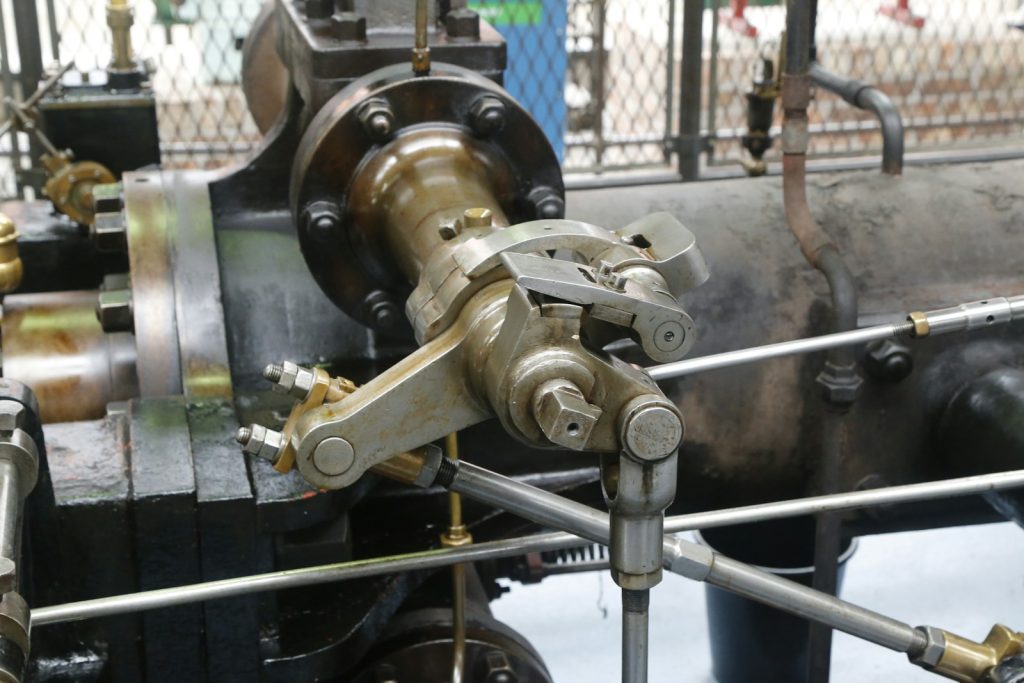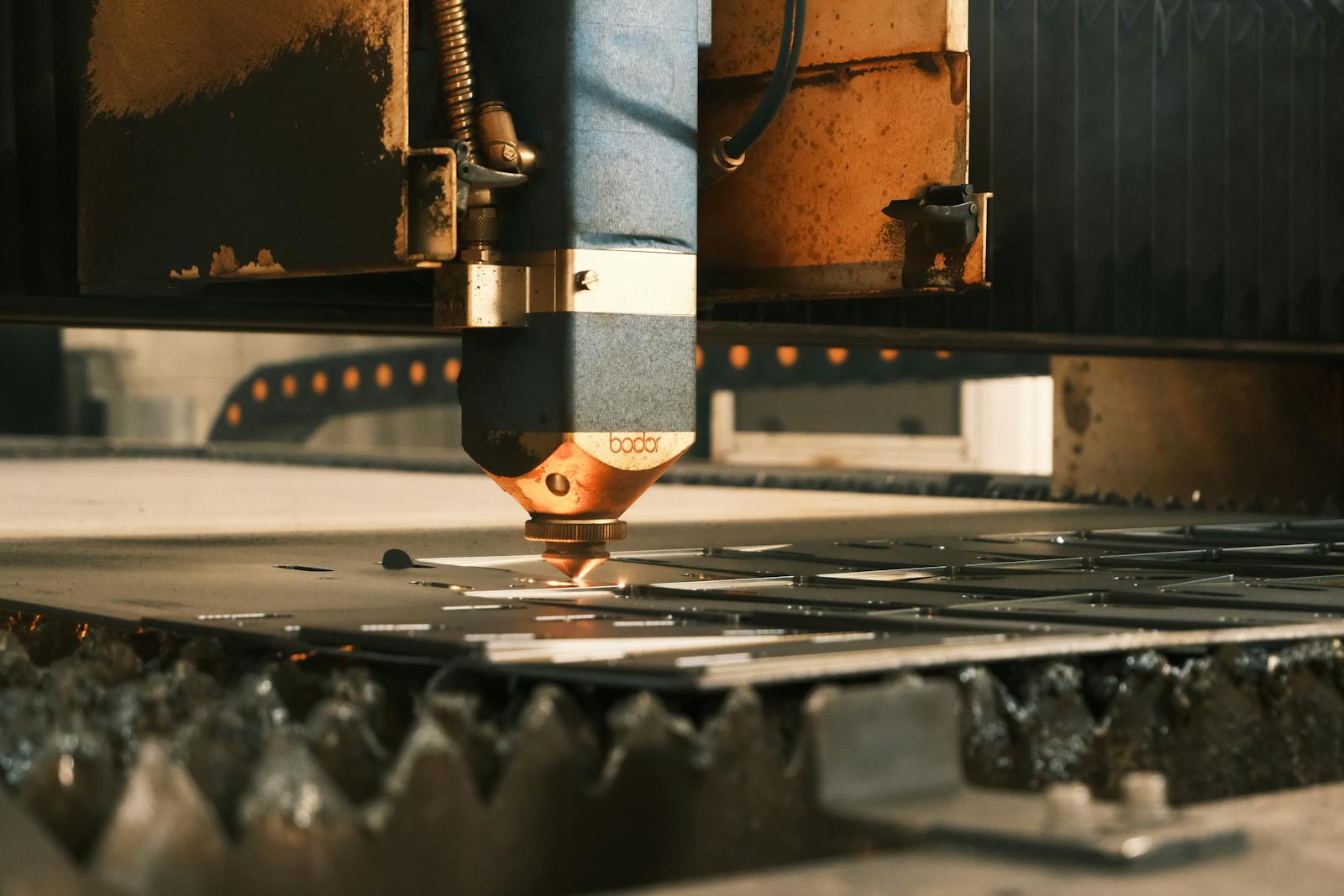Laser cutting gaskets represents a significant advancement in manufacturing technology, offering precision and efficiency that traditional methods cannot match. This non-contact cutting process utilizes focused light beams to create intricate designs with minimal material waste. For manufacturers dealing with critical components like steam valve gaskets, the accuracy provided by laser technology ensures consistent quality and performance.
Modern laser systems can cut through various materials including rubber, silicone, PTFE, and graphite – all common in industrial gasket applications. The computer-controlled nature of these machines allows for repeatable results, making them ideal for both prototype development and high-volume production runs.
Advantages of Laser Cutting for Gasket Manufacturing
When compared to traditional die cutting or water jet methods, laser cutting offers several distinct advantages. The precision of laser technology allows for tolerances as tight as ±0.05mm, essential when producing steam valve gaskets that must withstand extreme pressure and temperature conditions.
Material waste is significantly reduced with laser cutting gaskets, as the narrow kerf width minimizes the amount of material removed during the cutting process. This translates to cost savings, especially when working with expensive specialty materials often required for high-performance applications.
Additionally, the digital workflow enables rapid design changes without the expense of creating new physical dies. Manufacturers can quickly adapt to customer requirements or product revisions, reducing lead times and increasing responsiveness to market demands.
Material Considerations for Laser-Cut Gaskets
Material selection is critical when laser cutting gaskets for specific applications. For steam valve gaskets, heat resistance and compression recovery are paramount concerns. Materials like expanded graphite, PTFE, and high-temperature silicones respond exceptionally well to laser cutting while maintaining their critical functional properties.
The laser’s heat-affected zone must be considered when selecting materials, as some compounds may experience edge hardening or slight chemical changes during the cutting process. Experienced manufacturers account for these factors when designing gaskets for critical applications like high-pressure steam systems.
Non-asbestos fiber materials have become increasingly popular for steam valve gasket applications, offering excellent temperature resistance while addressing health and environmental concerns. These composite materials can be precisely cut with modern laser systems, maintaining their integrity throughout the process.

Optimizing Designs for Laser Cut Gaskets
The digital nature of laser cutting enables complex geometries that would be difficult or impossible to achieve with traditional methods. When designing steam valve gaskets, engineers can incorporate intricate features like precise bolt hole patterns, complex inner profiles, and variable thickness sections.
Nesting efficiency is another advantage of the laser cutting process. Multiple gasket designs can be arranged optimally on a single sheet of material, maximizing yield and reducing costs. Computer-aided nesting algorithms calculate the most efficient layout, considering factors like material utilization and cutting path optimization.
Design iterations can be rapidly prototyped using laser technology, allowing for performance testing before committing to full production runs. This is particularly valuable when developing custom steam valve gaskets for unique or challenging applications.
Quality Control in Laser Cutting Gaskets
Consistent quality is essential when manufacturing gaskets for critical applications. Laser cutting systems offer built-in measurement and verification capabilities, ensuring each gasket meets exact specifications. Vision systems can verify dimensions in real-time, flagging any deviations before they become costly problems.
For steam valve gaskets, which often face demanding operating conditions, material consistency and cutting precision directly impact performance and longevity. Modern laser systems maintain detailed production records, enabling complete traceability for quality assurance purposes.
Post-production testing is still essential, with compression testing, material analysis, and dimensional verification confirming that finished gaskets will perform as expected. The precision of laser cutting significantly reduces variation between parts, resulting in more consistent test results and greater confidence in product performance.
Cost Considerations and ROI
While the initial investment in laser cutting equipment is significant, the long-term return on investment makes it attractive for manufacturers focused on high-quality gaskets. The reduction in material waste alone can offset much of the operating cost, particularly when working with expensive specialty materials often required for steam valve gaskets.
The elimination of physical tooling costs provides another significant advantage. Traditional die cutting requires expensive custom tools for each gasket design, while laser systems can switch between designs with a simple program change. This is particularly valuable for manufacturers who produce a wide variety of gasket types or who frequently develop custom solutions.
Labor efficiency improves with automated laser cutting systems, reducing the need for manual cutting and inspection operations. Modern systems can run continuously with minimal operator intervention, further improving productivity and reducing per-unit costs for both standard products and custom steam valve gasket designs.
Future Trends in Laser Cutting Technology
The technology behind laser cutting gaskets continues to evolve, with higher-powered systems offering faster cutting speeds while maintaining precision. Fiber lasers are increasingly replacing older CO2 systems, providing better energy efficiency and the ability to cut an even wider range of materials.
Integration with digital workflows is becoming standard, with gasket designs moving seamlessly from CAD systems to production without manual intervention. This digital thread improves accuracy and reduces the potential for human error, critical when manufacturing precision components like steam valve gaskets.
As Industry 4.0 principles become more widespread, laser cutting systems are incorporating advanced analytics and predictive maintenance capabilities. These features further improve reliability and productivity, ensuring consistent output even during high-volume production runs.

